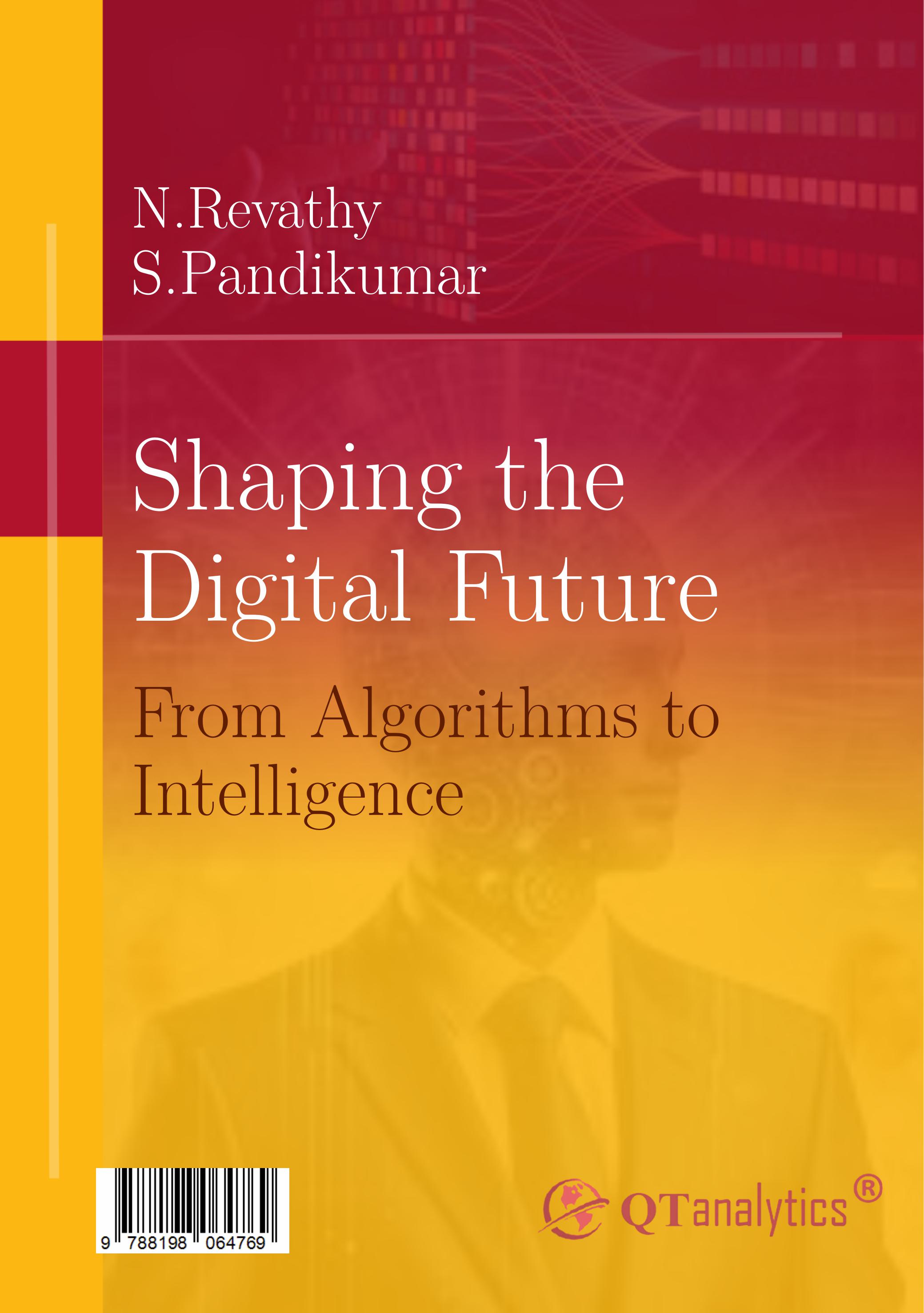Prediction of Liver Cirrhosis using Machine Learning
DOI:
https://doi.org/10.48001/978-81-980647-6-9-5Keywords:
Cirrhosis, Exclusive Feature Bundling, Categorical Boosting, Hist Gradient BoostingAbstract
Liver cirrhosis is a critical health condition characterized by the progressive scarring of liver tissue, leading to impaired liver function. Early detection and accurate prediction of cirrhosis is crucial for effective patient management and treatment planning. The dataset used in this research comprises various clinical and laboratory parameters such as liver enzymes and serum biomarkers. The dataset is pre-processed which involves handling missing and duplicate values and encoding categorical variables. Later, the dataset was split into training and testing sets. The training set is used to train the models on labeled data, where the algorithm learns the underlying patterns and relationships between the input features and the target variable. In this paper, advanced machine learning algorithms such as LightGBM, CatBoost, and HistGradient Boosting are employed to train the model. The testing set is used to assess the generalization ability of the trained models. This helps to evaluate how well the models perform on unseen data. The performance of each algorithm is assessed based on metrics such as accuracy, precision, recall, and F-1 score. In the proposed model, LightGBM achieved the highest accuracy of 97%. These findings have significant implications for early diagnosis and personalized treatment strategies in patients with liver cirrhosis.
Downloads
References
Arya, G., Bagwari, A., Saini, H., Thakur, P., Rodriguez, C., & Lezama, P. (2023). Explainable AI for enhanced interpretation of liver cirrhosis biomarkers. IEEE Access, 11, 123729–123741. https://doi.org/10.1109/ACCESS.2023.3329759
Azam, M. S., Rahman, A., Iqbal, S. H. S., & Md Toukir. (2020). Prediction of liver diseases by using few machine learning-based approaches. Australian Journal of Engineering and Innovative Technology, 85–90. https://doi.org/10.34104/ajeit.020.085090
Battineni, G., Sagaro, G. G., Chinatalapudi, N., & Amenta, F. (2020). Applications of machine learning predictive models in chronic disease diagnosis. Journal of Personalized Medicine, 10(2). https://doi.org/10.3390/jpm10020021
Dritsas, E., & Trigka, M. (2023). Supervised machine learning models for liver disease risk prediction. Computers, 12(1), 19. https://doi.org/10.3390/computers12010019
Ghosh, M., Raihan, M. M. S., Raihan, M., Akter, L., Bairagi, A. K., Alshamrani, S. S., & Masud, M. (2021). A comparative analysis of machine learning algorithms to predict liver disease. Intelligent Automation and Soft Computing, 30(3), 917–928. https://doi.org/10.32604/iasc.2021.017989
Shanka, N. Y., Pavlov, C. S., & Mekonnen, N. L. (2024). Non-invasive methods for diagnosing portal hypertension and variceal bleeding due to liver cirrhosis secondary to NAFLD/MASLD: Systematic review. Frontiers in Medicine, 11. https://doi.org/10.3389/fmed.2024.1459569
Wu, C. C., Yeh, W. C., Hsu, W. D., Islam, M. M., Nguyen, P. A., Poly, T. N., Wang, Y. C., Yang, H. C., & Li, Y. C. J. (2019). Prediction of fatty liver disease using machine learning algorithms. Computer Methods and Programs in Biomedicine, 170, 23–29. https://doi.org/10.1016/j.cmpb.2018.12.032
Zhao, J., Wang, P., & Pan, Y. (2022). Predicting liver disorder based on machine learning models. The Journal of Engineering, 2022(10), 978–984. https://doi.org/10.1049/tje2.12184


